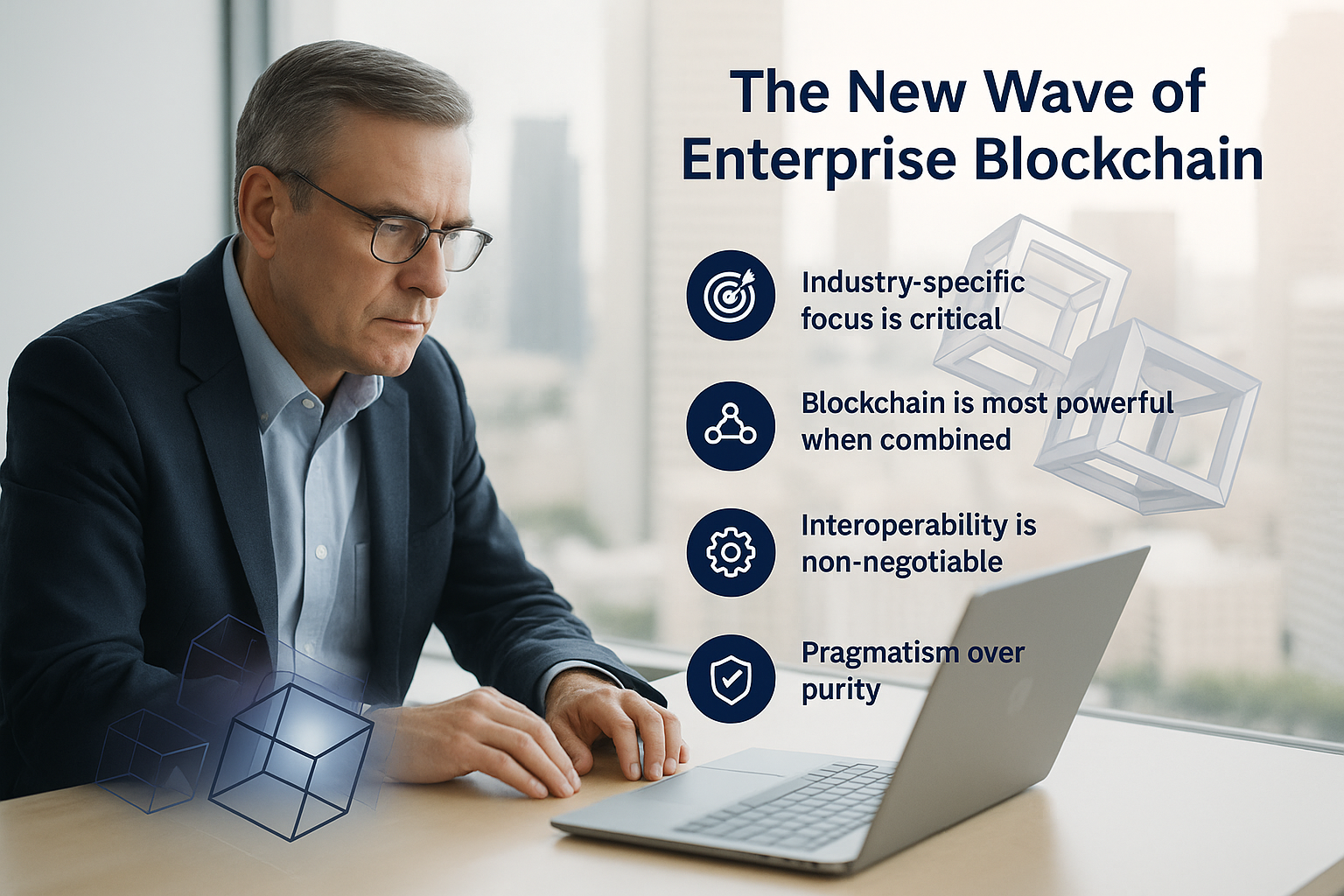Materials Science: The Overlooked Foundation of Deep Tech
The Material Revolution Powering Tomorrow’s Technology
While artificial intelligence and quantum computing capture headlines, a quieter revolution in advanced materials is enabling many of these breakthrough technologies. At 5IR Funds, we view materials science as the essential foundation of deep tech—the enabler that often determines whether theoretical capabilities become practical realities.
From semiconductor materials enabling next-generation computing to specialized compounds making batteries more efficient, advanced materials represent a critical but often overlooked investment opportunity. For founders in this space, the convergence of computational design, novel fabrication methods, and pressing sustainability requirements is creating unprecedented opportunities to develop and commercialize transformative materials.
Computational Materials Discovery
Perhaps the most significant shift in materials science has been the transition from empirical discovery to computational design. Machine learning and quantum simulation are dramatically accelerating the materials discovery process, reducing development cycles from decades to years or even months.
The Materials Genome Initiative, launched in 2011, set an ambitious goal of reducing the time to develop new materials by half1. A decade later, computational approaches have exceeded this target for certain material classes. Companies like Citrine Informatics and Materials Zone are building platforms that leverage AI to predict material properties and optimize formulations, while researchers at MIT recently used machine learning to discover new polymers with unprecedented properties2.
For founders, the strategic insight is that computational approaches enable rapid iteration and testing of material candidates before physical synthesis, dramatically reducing development costs and accelerating time-to-market. This creates opportunities for startups focusing on:
- AI-driven materials discovery platforms: Systems for predicting material properties and screening candidates
- Quantum simulation for materials: Specialized algorithms for modeling electron behavior and material interactions
- Materials data infrastructure: Standardized databases and knowledge graphs of material properties and relationships
- Automated synthesis and testing: Robotic systems for rapid material fabrication and characterization
Advanced Energy Materials
Energy transition technologies—from batteries and solar cells to hydrogen production—are fundamentally materials challenges. The performance, cost, and sustainability of these systems depend on developing advanced materials with precisely tuned properties.
Battery technology exemplifies this relationship. While lithium-ion batteries have transformed portable electronics and electric vehicles, they approach theoretical limits in energy density. Breakthrough materials like solid-state electrolytes promise to enable the next generation of energy storage with higher capacity, faster charging, improved safety, and reduced dependency on scarce materials3.
Similarly, advanced catalyst materials are critical for hydrogen production, carbon capture, and fuel cells. Researchers at Harvard recently demonstrated a stable, highly active catalyst for water splitting that uses abundant elements rather than precious metals—potentially transforming the economics of green hydrogen production4.
For founders building in energy materials, the key insight is that incremental improvements in material performance can enable disruptive system-level capabilities. A 20% improvement in battery energy density or catalyst efficiency can make previously uneconomical applications viable, opening entirely new markets.
Sustainable Materials
Environmental pressures are driving unprecedented demand for sustainable materials—alternatives to conventional plastics, concretes, and industrial chemicals that reduce environmental impact without sacrificing performance.
The scale of this opportunity is immense. Concrete alone accounts for 8% of global carbon emissions, creating a multi-billion-dollar opportunity for startups developing low-carbon alternatives5. Companies like Carbicrete and CarbonCure are commercializing technologies that sequester CO₂ in concrete, while others like Modern Meadow are developing bio-fabricated materials that replace animal products.
For founders in sustainable materials, the strategic opportunity lies in developing drop-in replacements that integrate with existing manufacturing infrastructure while delivering improved environmental performance. Solutions that combine sustainability with enhanced functionality—not just matching but exceeding conventional materials—have the potential to command premium pricing and accelerate adoption.
Smart and Responsive Materials
Beyond static materials with fixed properties, a new generation of smart and responsive materials is emerging—materials that can sense and respond to their environment, self-heal, or adapt their properties on demand.
Applications range from self-healing infrastructure and adaptive building materials to drug delivery systems and soft robotics. Researchers at UC San Diego recently demonstrated a hydrogel-based artificial muscle that can lift up to 1,000 times its own weight while responding to electrical stimuli6.
For founders, smart materials represent a frontier where materials science converges with computing, biology, and robotics. The most promising opportunities lie at these intersections, where traditionally separate disciplines combine to create entirely new capabilities.
The Founder Opportunity
The advanced materials sector presents unique challenges and opportunities for founders. Development cycles can be longer than software, but the potential for proprietary technology and defensible IP is substantially higher. Several strategies can help founders navigate this landscape successfully:
- Pursue platform technologies: Materials platforms that can address multiple applications often provide more robust paths to market than single-product approaches.
- Focus on software + materials: Combining computational design with novel materials creates defensible technology at both levels.
- Partner with industry: Early collaboration with established manufacturers can accelerate commercialization and provide crucial market feedback.
- Consider licensing models: For particularly novel materials, licensing intellectual property can provide revenue while market applications develop.
Advanced materials may not generate headlines like quantum computing or generative AI, but they often determine whether these technologies achieve practical implementation. For founders with deep technical expertise and long-term vision, this space offers the opportunity to develop truly foundational innovations that enable the broader deep tech ecosystem.
References
- The White House. (2011). Materials Genome Initiative for Global Competitiveness.
- MIT News. (2022). Machine-learning model finds new patterns in materials science data.
- Nature Energy. (2023). Roadmap for advanced solid-state batteries.
- Harvard University. (2023). Earth-abundant catalyst for sustainable hydrogen production.
- International Energy Agency. (2022). Technology Roadmap: Low-Carbon Transition in the Cement Industry.
Science Robotics. (2023). Bioinspired hydrogel actuators for soft robotics.



